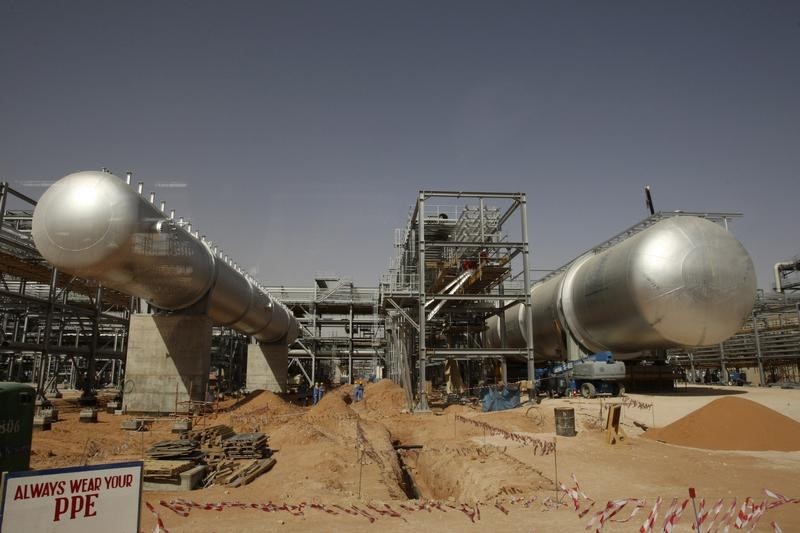Janux stock plunges after hours following mCRPC trial data
Investing.com -- Oil prices have declined slightly in recent weeks, with Brentcrude near $75 per barrel. Citi Research in a note dated Wednesday views this as a potential short-term buying opportunity, even though geopolitical tensions have eased. The brokerage identifies several factors that could lead to a rebound in oil prices, potentially reaching the $80s per barrel.
The recent decline in Brent prices is largely due to geopolitical developments, particularly in Gaza, where a potential cease-fire is in sight, reducing immediate risks. Additionally, China's economic slowdown, marked by weakened industrial production, has contributed to a more cautious outlook on oil demand.
These factors have led to a reduction in the geopolitical risk premium for oil, further pressured by weak Chinese oil import data and subdued middle distillate demand in the U.S.
However, Citi Research notes that geopolitical risks are far from eliminated. The possibility of weather-related disruptions during the hurricane season, along with ongoing tensions in North Africa and the Middle East, could provide support for oil prices in the near term.
The market’s current positioning, which is historically short, also suggests a potential for a rebound, especially if Brent prices dip to the $75 per barrel level.
In the U.S., recent data from the Energy Information Administration (EIA) has been mixed but somewhat bullish for crude. Commercial crude oil inventories fell by 4.6 million barrels to 426 million barrels, exceeding Bloomberg’s expected draw of 1.9 million barrels, Citi added.
Refinery runs also increased slightly, with gross crude exports and imports rising, leaving net imports marginally higher.
Gasoline inventories experienced a decrease of 1.6 million barrels, aligning with the broader trend of inventory draws across key oil products. Distillate inventories also saw a substantial drop of 3.3 million barrels, reinforcing the bullish outlook for crude. Despite these draws, jet fuel inventories rose slightly, and ethanol stocks increased, reflecting a mixed picture for refined products.
Speculative positioning in the ICE Brent complex has struggled in August, with a noticeable lack of enthusiasm on the upside. However, the ratio of Brent managed money (MM) gross longs to shorts has improved to 1.6x, recovering from pandemic-era lows.
Technically, the 200-day moving average of Brent at $82.5 per barrel is acting as a strong resistance level, while support remains around $75 per barrel. This technical setup could further encourage buying if Brent approaches the lower end of this range.
Looking ahead, Citi Research suggests that OPEC+ may face tough decisions in the coming months. The group is expected to begin easing production cuts in October, but if Brent prices continue to decline toward the low $70s per barrel, additional measures might be considered to stabilize the market.
This could include extending or deepening current production cuts. OPEC+ is likely to defend the $70 per barrel level, particularly given the group’s projection of 2.1 million barrels per day (b/d) global oil demand growth, the highest forecast among major agencies.
“Potential refinery run cuts could be expected as gasoil cracks have plummeted in the last week, skimming margins for refineries,” the analysts said.
Refinery margins have been under pressure, especially as gasoil cracks dropped below $17 per barrel in recent sessions. This decline could lead to refinery run cuts, especially with planned maintenance in Europe and potential disruptions in Russian exports.
Despite this, Citi Research expects a possible recovery in gasoil cracks as the winter season approaches, potentially regaining the $20 per barrel range.
